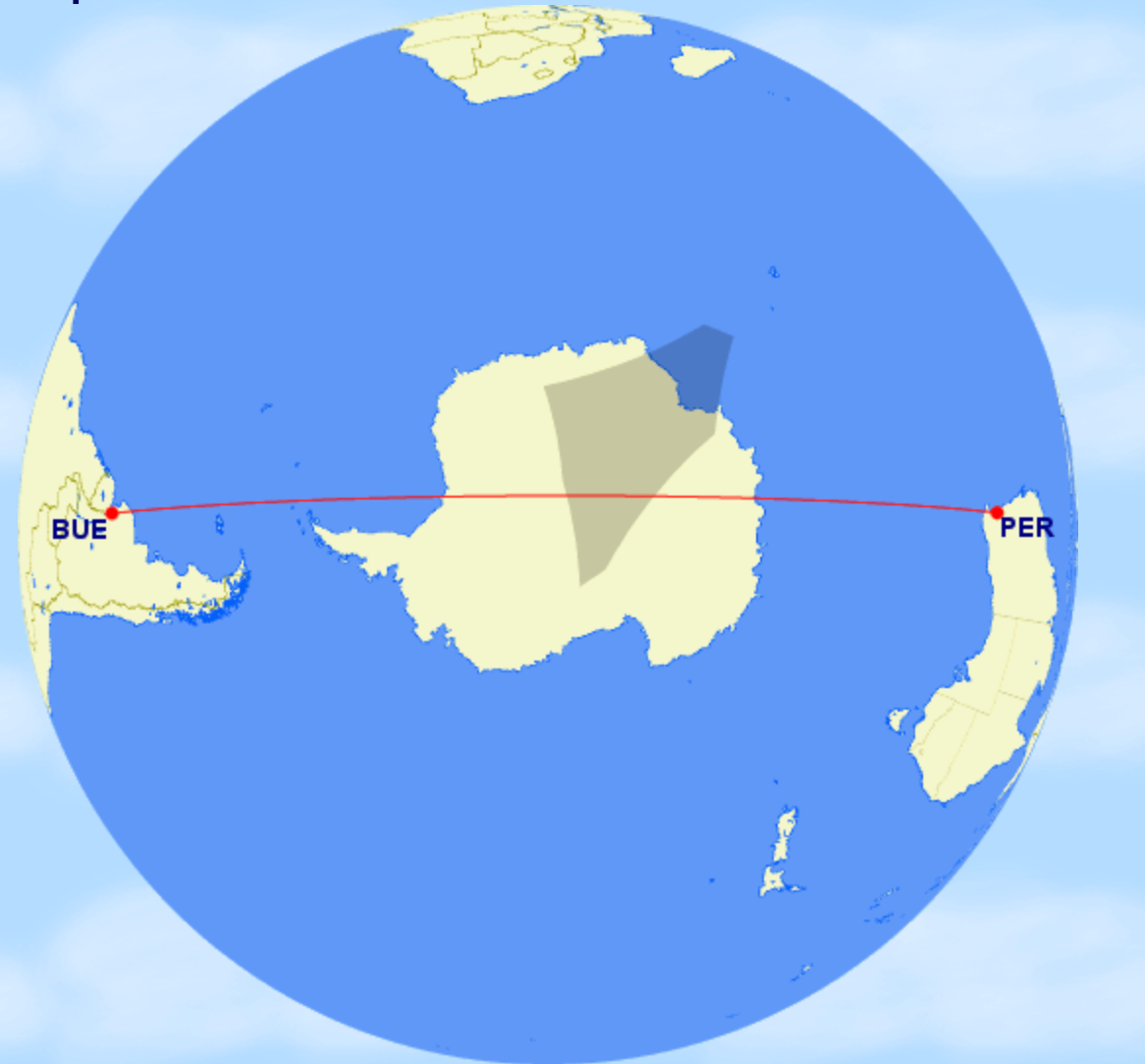Twin-engine aircraft are limited in operations and routing by ETOPS ratings. However, with the latest ratings, twinjets can fly nearly everywhere on earth, leaving little reason to operate gas-guzzling quad-engine jets. In theory, there remains a small patch of the globe twinjets cannot fly, but in practice, do they need to?
ETOPS limits
Twin-engine aircraft have always been limited in operations. Before 1985, all twin aircraft had to remain within 60 minutes of a suitable diversion airport. This is why most transoceanic operations were handled by four-engined aircraft like the Boeing 747.
It also explains why the three-engined trijet was so popular at the time. The 60-minute limit was waived for such aircraft in 1964, leading to the development of aircraft, including the McDonnell Douglas DC-10 and the Lockheed L-1011 Tristar.
ETOPS itself stands for Extended-range Twin-engine Operations Performance Standards, the rating given to aircraft that determines how far from a diversion airport they can fly. In 1985, ETOPS 120 was issued to Trans World Airlines to fly its Boeing 767 from Boston to Paris. This opened the door to long-haul transatlantic services on twinjets, heralding the generation of flying that continues today.
Get the latest aviation news straight to your inbox: Sign up for our newsletters today.
Limits have steadily increased since then, as manufacturers demonstrated more reliability, and the engine data history to support this. ETOPS 180 came next, with the Boeing 777 the first to obtain this rating even before it entered. ETOPS 240 was first given to the Airbus A330 in 2009. Increasing ETOPS ratings has been important not just to open up new areas, but also to allow more efficient routing. An ETOPS 180 rating already covers 95% of the earth's surface, and economical transatlantic routes have been possible since then.
Reaching 370 minutes
Extension beyond ETOPS 240 has been on a case-by-case basis. The first ETOPS 330 rating went to the 777-200ER, with Air New Zealand operating it between Auckland and Buenos Aires. The Boeing 787 received the same ETOPS 330 rating in 2014, enabling LATAM to operate it (instead of the A340) between Santiago and Sydney or Auckland.
The A350XWB was the first aircraft to receive the current maximum, ETOPS 370 rating. It was the first aircraft to receive a rating higher than 180 minutes before it even entered service, showing the abundance of data available.
With ratings as high as this, the need for four-engine aircraft has hugely decreased. Airlines have switched to twins for many routes, contributing to the decline of aircraft such as the A380.
Antarctica is off-limits
The extension beyond ETOPS 180 has been especially beneficial for southern hemisphere routes between Australia/New Zealand and South America or South Africa. We recently covered the airlines that fly to all six habitable continents, all of which are now conducted by twinjets.
Want answers to more key questions in aviation? Check out the rest of our guides here.
The only absolute no-go area under ETOPS 370 is directly over Antarctica. The route from Santiago to Sydney is currently the most southerly. However, it does not directly overfly Antarctica (even if it could, airlines would still route around to take advantage of winds).
The only airline to propose flying over the content was Norwegian Air Argentina, which received approval to fly from Buenos Aires to Perth, according to The Telegraph. Using the Boeing 787 and ETOPS 330 (map below shows BUE-PER with ETOPS 370), it planned to fly straight over Antarctica, while the return leg would take advantage of the winds and skirt the content. However, the service never took off so we don't know the specific routing Norwegian would've used and how it could get around the ETOPS limit.
That leaves only flights that have to fly over Antarctica as the only ones that cannot operate with twin engines. Operator Antarctica Flights has flown sightseeing flights from Australia over the continent for several years using a leased Qantas 747 aircraft. Meanwhile, Qantas hosted several sightseeing flights over Antarctica during the pandemic to make use of grounded jets and passenger demand to fly. For now, the wait for a trans-Antarctic flight remains.
Would you like to share any thoughts on ETOPS and the improvements in twin-engine operations? Or, if you have ever flown over Antarctica? Let us know in the comments!
Source: The Telegraph

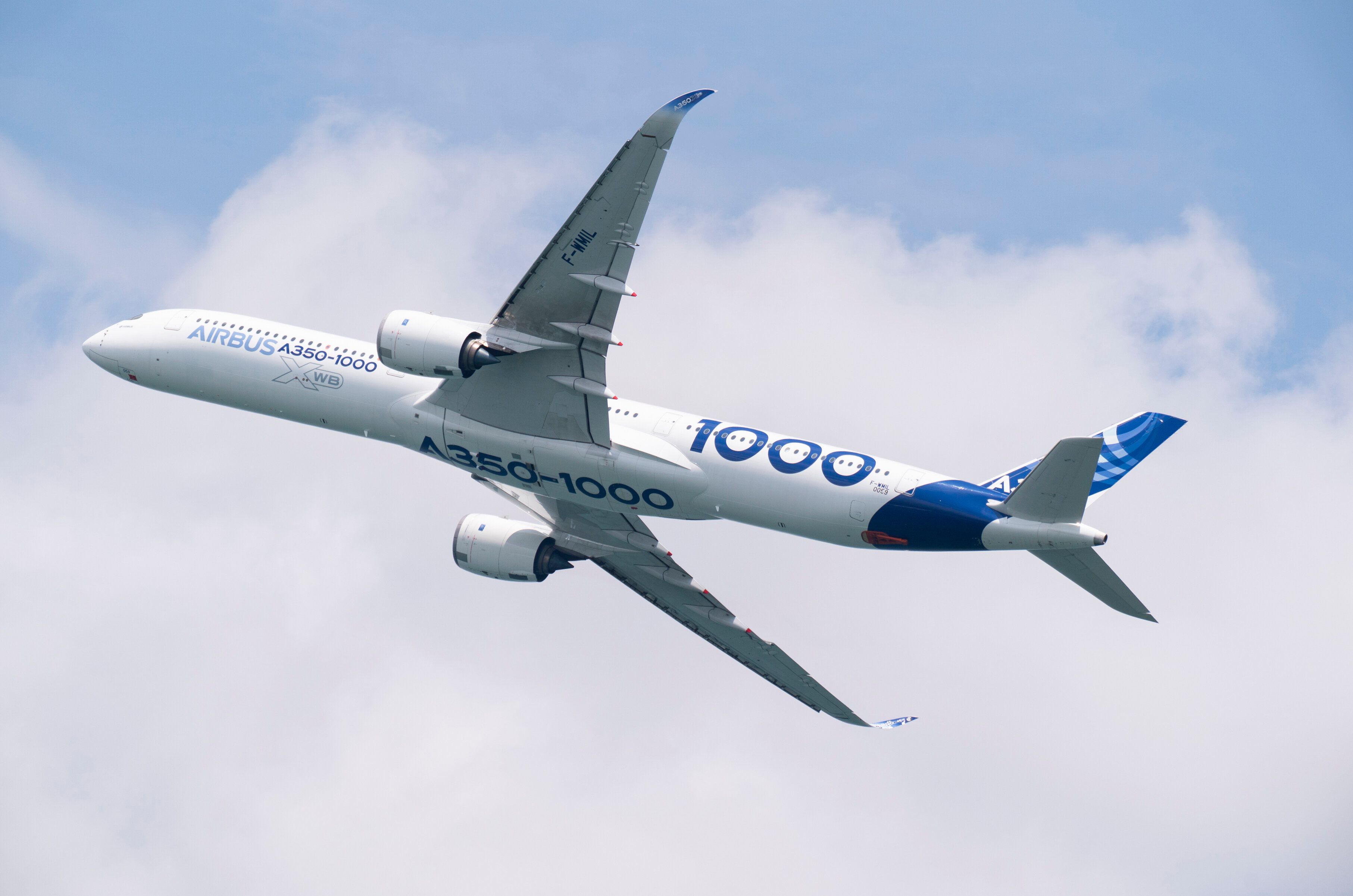
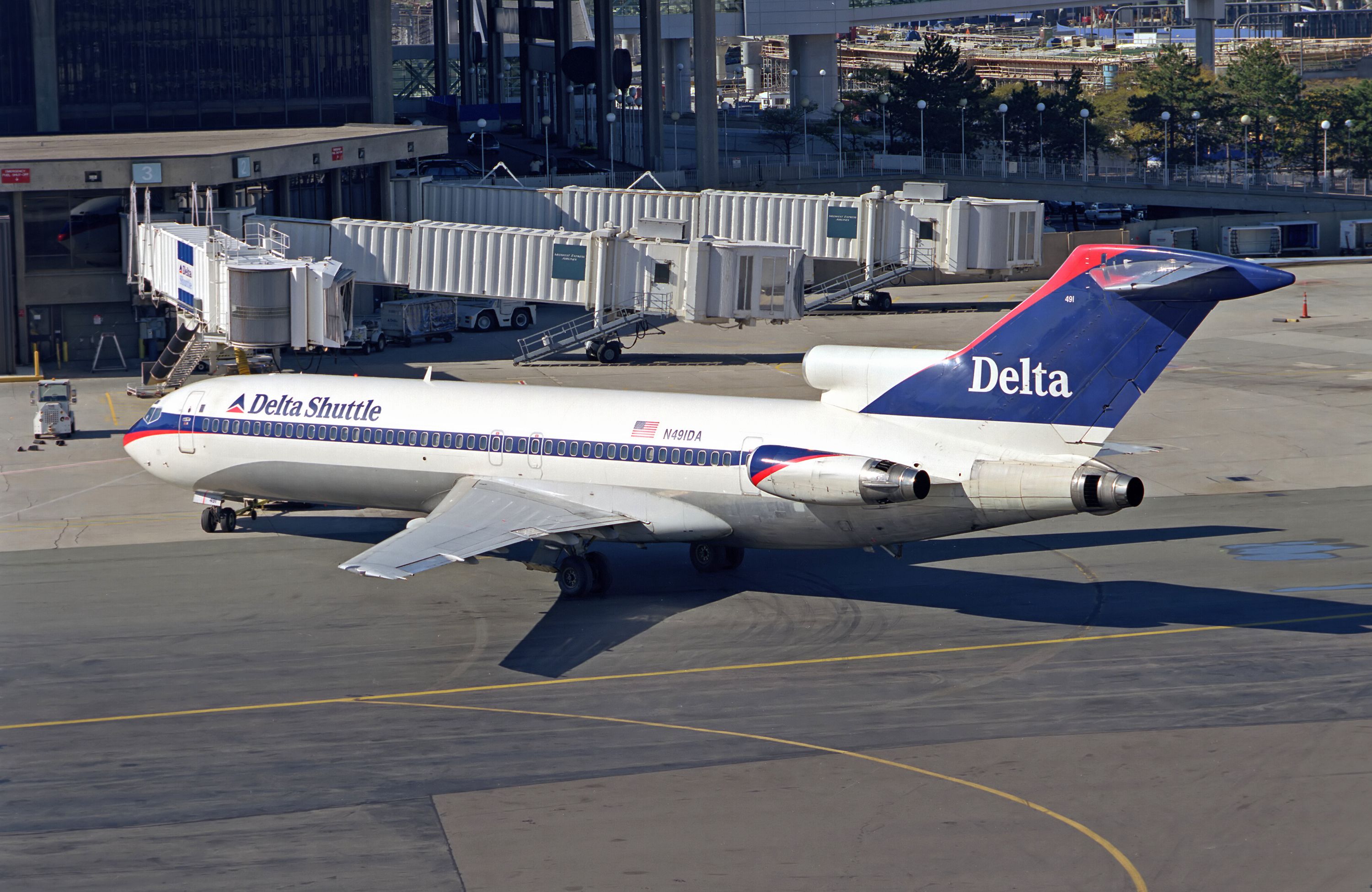
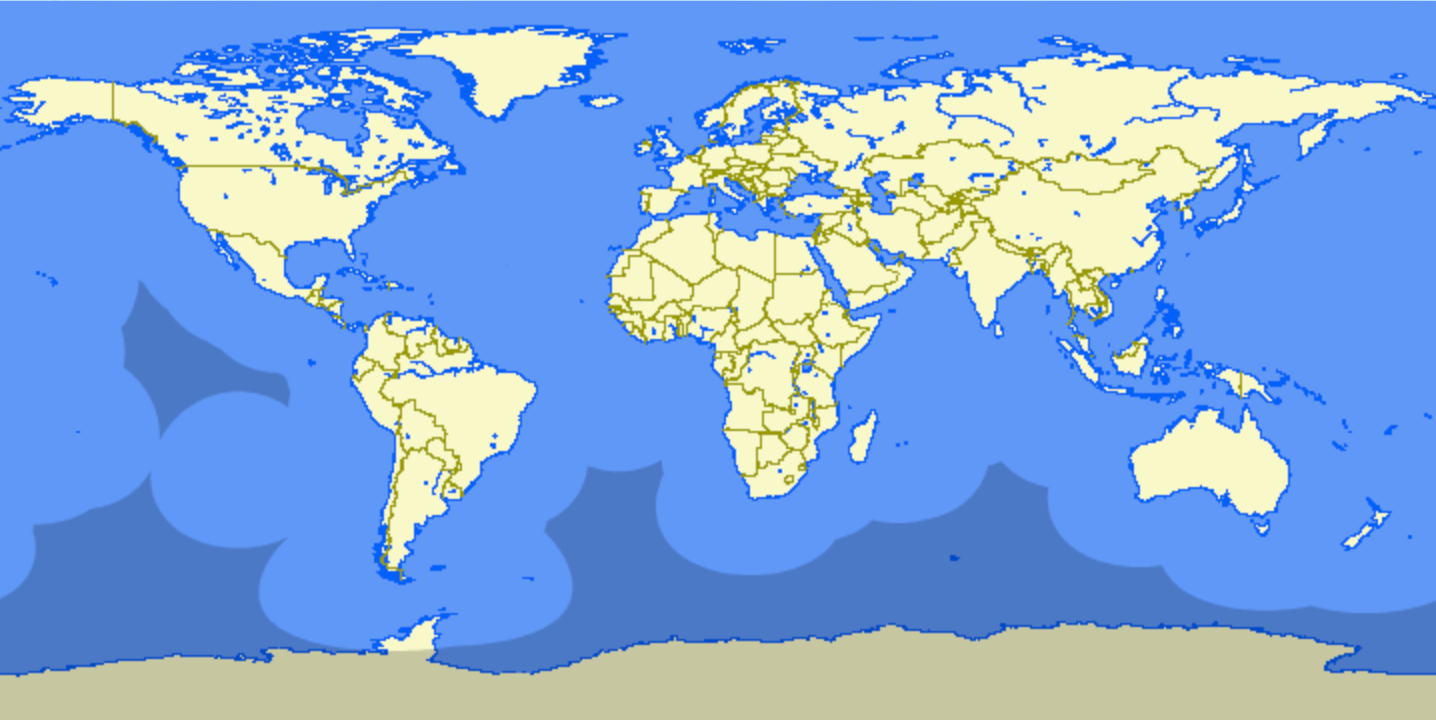
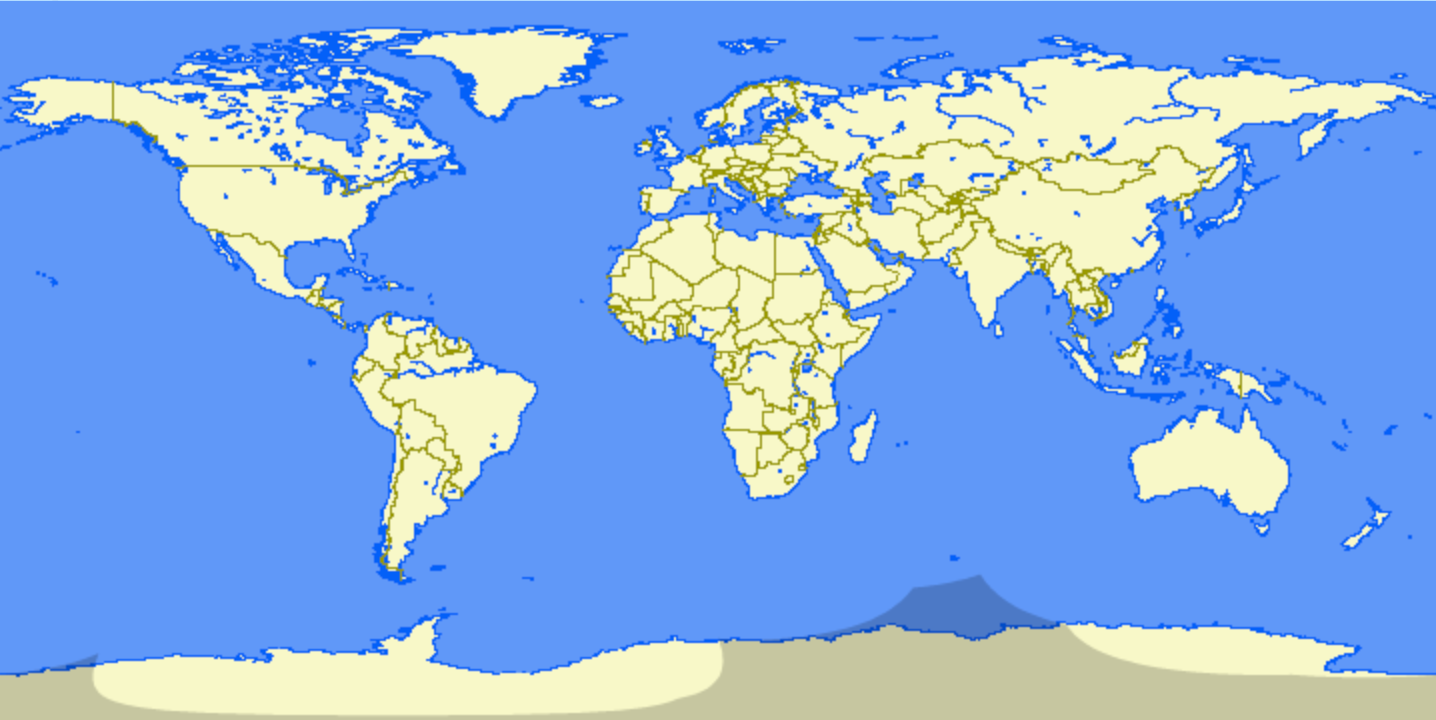
-Boeing-787-9-Dreamliner-VH-ZND-(2)-(1).jpg)
